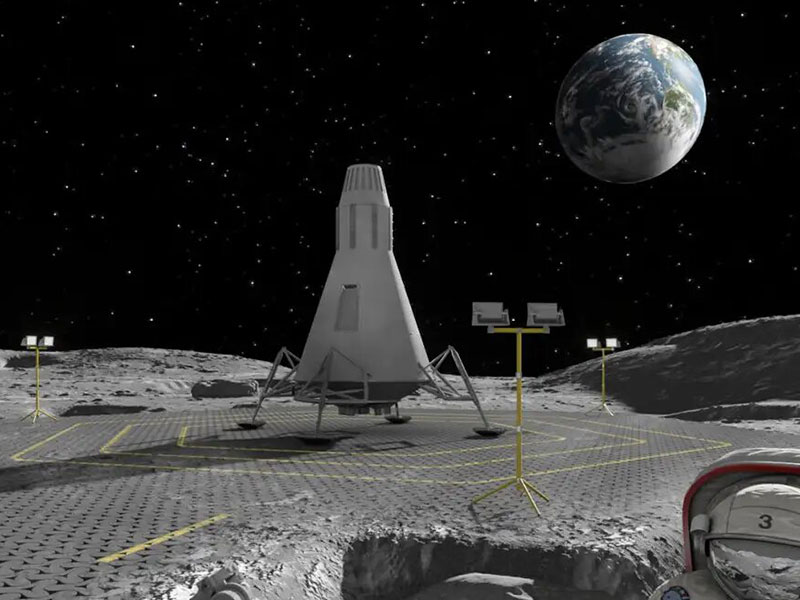Space exploration is on the cusp of a new era, with NASA’s Artemis program leading the way to establish a sustained human presence on the Moon. One key challenge to this goal is the abrasive lunar dust, which can damage rovers and other equipment.
Researchers have now developed a proof-of-concept for using concentrated light to melt lunar rock into paved roads and landing pads. This would minimize the problem of dust and enable more efficient transportation on the Moon.
The team, led by Juan-Carlos Ginés-Palomares at the European Space Agency, used a high-power laser to melt a substitute for lunar soil in an Earth-based experiment. They found that crisscrossing the laser beam path created strong, durable surfaces that could be interlocked to form large areas.
The researchers suggest that a similar approach could be used on the Moon, using concentrated sunlight instead of a laser. This would require a lens about 2.37 meters squared in size, which could be transported to the Moon in a future mission.
If successful, this technology could revolutionize lunar exploration, making it possible to travel more easily and efficiently across the Moon’s surface. It could also pave the way for more ambitious missions to Mars and other worlds beyond.
This is a fascinating development, and it is exciting to think about the possibilities it opens up for future space exploration.







